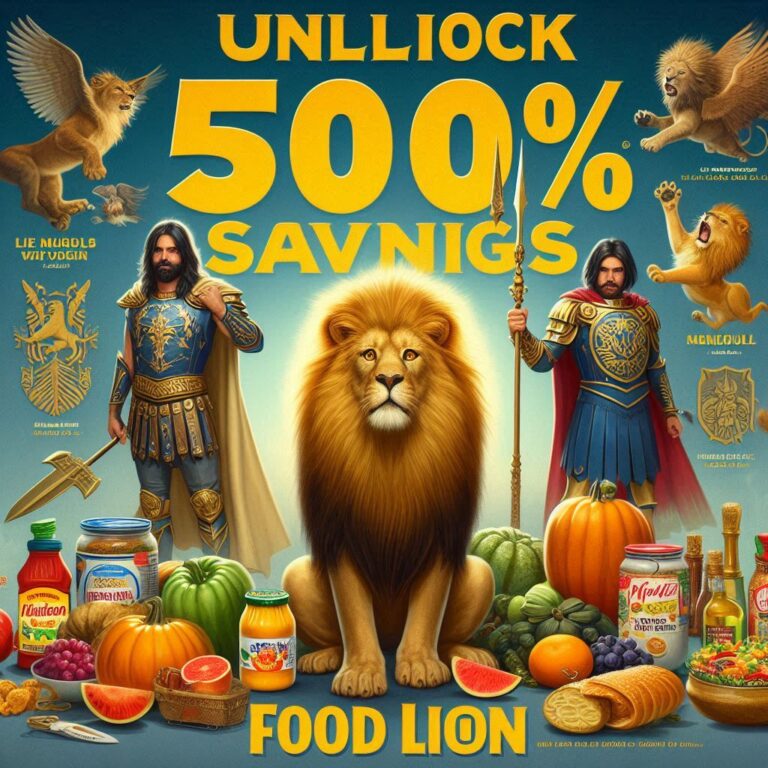
Maps of the United States and Canada are indispensable equipment for map of us and canada travelers, educators, organizations, and adventurers alike. Whether you are making plans a pass-u . S . Road experience, analyzing map of us and canada geographic records, or teaching college students about North American geography, a nicely-crafted map of america and Canada unlocks a wealth of insights. This comprehensive guide explores the kinds of maps available, their sensible packages, and actionable techniques for the usage of them successfully. Designed for novices and seasoned map users, this text presents pointers, equipment, and assets to make the maximum of these maps, ensuring you navigate with self assurance and precision.

Why Maps of the US and Canada Matter
The US and Canada share the arena’s longest worldwide border, spanning over 5,500 miles, and cover various landscapes from Arctic tundras to city metropolises. A map of this region serves multiple purposes:
- Travel Planning: Identify routes, landmarks, and points of hobby for street trips or holidays.
- Education: Teach geography, history, or cultural variations among regions.
- Business Analysis: Understand marketplace demographics, logistics, or nearby developments.
- Outdoor Exploration: Navigate national parks, trekking trails, or far off regions.
- With the right map, you can unlock actionable insights tailored to your dreams, whether or not you are a informal traveller or a statistics-pushed professional.
“A map of the United States and Canada is extra than a device—it’s a gateway to information the geography, way of life, and opportunities of two great international locations.”
— Dr. Laura Simmons, Geographer and Educator
Types of Maps for the US and Canada
Maps are available in diverse formats, every designed for unique desires. Understanding these types helps you pick the proper one for your cause.
1. Physical Maps
Physical maps spotlight natural features like mountains, rivers, and forests. They’re best for hikers, geologists, or all of us exploring the terrain of regions like the Rocky Mountains or the Canadian Shield.
2. Political Maps
Political maps outline borders, states, provinces, and cities. These are perfect for students, travelers, or businesses needing to understand administrative divisions.
3. Road Maps
Road maps detail highways, roads, and transit routes, making them essential for road trips or logistics planning across the US and Canada.
4. Topographic Maps
Topographic maps show elevation and land contours, useful For out of doors enthusiasts or engineers planning infrastructure projects.
5. Thematic Maps
Thematic maps focus on specific data, such as population density, climate zones, or economic activity, aiding researchers and businesses.
Map Formats and Accessibility
|
Map Type |
Primary Use |
Best For |
Where to Find |
|---|---|---|---|
|
Physical |
Exploring natural features |
Hikers, geologists |
USGS, Natural Resources Canada |
|
Political |
Understanding borders |
Students, travelers |
National Geographic, Google Maps |
|
Road |
Navigation, trip planning |
Drivers, logistics |
AAA, Rand McNally |
|
Topographic |
Elevation and terrain |
Outdoor enthusiasts |
USGS, GeoGratis Canada |
|
Thematic |
Data analysis |
Researchers, businesses |
Census Bureau, Statistics Canada |

This table helps you select the right map based on your needs and directs you to reliable sources.
Practical Applications of US and Canada Maps
Maps of the US and Canada aren’t just for navigation—they’re versatile tools with real-world applications. Here’s how different groups can use them:
For Travelers
- Plan Efficient Routes: Use avenue maps to chart move-border trips, like driving from Seattle to Vancouver or New York to Toronto.
- Discover Attractions: Identify national parks, consisting of Yellowstone (US) or Banff (Canada), using bodily or tourist maps.
- Understand Border Crossings: Locate key crossings like Niagara Falls or Blaine, Washington, for smoother tour.
For Educators
-
Teach Geography: Use political maps to show state/provincial capitals or physical maps to explain landforms.
-
Highlight History: Overlay historical maps to discuss events like the Oregon Trail or Canadian Confederation.
-
Engage Students: Create interactive map-based projects using online tools like Google Earth.
For Businesses
-
Market Analysis: Use thematic maps to study population trends or consumer behavior in regions like the Midwest or Ontario.
- Logistics Planning: Optimize delivery routes throughout the USA-Canada border with street or topographic maps.
- Site Selection: Identify best places for new shops or warehouses based on geographic statistics.
For Outdoor Enthusiasts
- Hiking and Camping: Use topographic maps to navigate trails in places just like the Adirondacks or Jasper National Park.
- Wildlife Tracking: Physical maps assist identify habitats for species like grizzly bears or bald eagles.
- Adventure Planning: Combine avenue and physical maps for off-grid expeditions.
“Maps empower corporations to make facts-driven choices, from selecting a store location to optimizing deliver chains across the US and Canada.”
— Mark Henderson, Business Analyst
Actionable Strategies for Using Maps Effectively
Here are practical tips to maximize the value of US and Canada maps, tailored for both beginners and experienced users.
1. Choose the Right Map for Your Goal
-
Match the map type to your purpose (e.g., road maps for driving, thematic maps for research).
-
Opt for digital maps (Google Maps, ArcGIS) for real-time updates or physical maps for offline use.
2. Leverage Online Tools
-
Google Maps: Offers street views, traffic updates, and border crossing information.
-
USGS Map Locator: Provides free topographic and physical maps for the US.
-
GeoGratis Canada: Access free Canadian maps, including topographic map of us and canada and thematic options.
-
MapQuest: Great for road trip planning with customizable routes.
3. Combine Multiple Map Types
-
Overlay political and physical maps to understand how geography shapes map of us and canada borders (e.g., the Great Lakes region).
-
Use thematic maps alongside road maps to plan business expansions in high-growth areas.
4. Learn Basic Map-Reading Skills
- Understand symbols, scales, and legends to interpret maps correctly.
- Practice the usage of coordinates (range/longitude) to pinpoint locations.
- Familiarize yourself with compass directions for navigation.
5. Stay Updated
-
Check for map updates, as roads, borders, or place names can change.
-
Use apps like Waze for real-time visitors and road closure signals.
Advanced Tips for Experienced Map Users
For those comfortable with maps, elevate your skills with these strategies:
- Use GIS Software: Tools like ArcGIS or QGIS permit you to create custom maps map of us and canada for advanced analysis, consisting of city planning or environmental research.
- Integrate APIs: Developers can use Google Maps API or OpenStreetMap to build map-primarily based apps for companies or tour.
-
Analyze Historical Maps: Compare old and new maps to study changes in map of us and canada urban development or natural landscapes.
-
Crowdsource Data: Contribute to OpenStreetMap to improve map accuracy map of us and canada for remote US and Canada regions.
Practical Steps to Get Started
Ready to dive into using maps of the US and Canada? Follow this action plan:
-
Identify Your Goal: Decide whether you’re traveling, teaching, analyzing map of us and canada data, or exploring.
-
Select a Map: Choose the appropriate map type and source based on map of us and canada your needs (use the table above).
-
Explore Tools: Download apps like Google Maps or visit USGS for map of us and canada free resources.
-
Practice Navigation: Test your map on a short trip or project to build confidence.
-
Stay Curious: Experiment with new map types or tools to expand your skills.
By starting small, you’ll quickly gain the confidence to tackle more complex map-based tasks.

FAQ: Common Questions About Maps of the US and Canada
What’s the best map for planning a US-Canada road trip?
Road maps from AAA or digital tools like Google Maps are ideal, offering detailed routes, border crossing info, and real-time traffic updates.
Are there free maps of the US and Canada available?
Yes, USGS provides free US maps, and GeoGratis offers free Canadian maps, including topographic map of us and canada and political options.
How do I read a topographic map?
Look for contour lines to understand elevation, check the legend for symbols, and use the scale to estimate map of us and canada distances.
Can I use maps to study population trends?
Yes, thematic maps from the US Census Bureau or Statistics Canada show population density, demographics, map of us and canada and more.
What’s the difference between a US and Canadian map projection?
Map projections vary based on region to minimize distortion. The US often uses Albers, while map of us and canada Canada may use Lambert Conformal Conic for northern areas.
How do I find border crossing points on a map?
Political or road maps highlight major crossings like Detroit-Windsor or Buffalo-Niagara. Google map of us and canada Maps also shows wait times.
Conclusion: Start Exploring with Confidence
A map of america and Canada is your key to unlocking the vast capacity of North map of us and canada America, whether you’re navigating highways, studying geography, or growing a business. By selecting the proper map, leveraging digital equipment, and working towards your abilties, you could turn geographic records into actionable insights. Start today by downloading a map, planning a direction, or exploring a brand new tool. The landscapes, towns, and opportunities of the United States and Canada are ready—take hold of a map and take the first step!


